Crete, the largest of the Greek islands, is a land where history whispers from every stone and tradition colors every aspect of daily life. For those of us who’ve been returning to this sun-drenched isle year after year, it’s more than just a holiday destination – it’s a second home.

But even after many years of lazy taverna lunches and moonlit walks along the shore, this enchanting island still has secrets to reveal. It’s in the heart of Cretan villages where the true magic unfolds – a tapestry of customs and traditions that have weathered centuries.
Beyond the bustling beaches and charming harbor towns lies the true heart of Crete: its villages, known in Greek as “χωριό” (chorio). These timeless choria (the plural form), nestled in olive groves and perched on rugged hillsides, are where the soul of Cretan culture truly resides. Here, age-old customs aren’t relics of the past – they’re living, breathing parts of daily life.
So, fellow Crete enthusiasts, let’s venture off the beaten path and discover 11 fascinating customs in Cretan villages that have stood the test of time. These traditions aren’t mere relics of the past; they’re living, breathing expressions of Cretan identity that continue to shape island life today.
1. Traditional Cretan Wedding Ceremonies: A Celebration of Love and Community
Picture this: You’re strolling through a sleepy village when suddenly, the air fills with the lively strains of a lyra. Around the corner comes a procession of smiling faces, led by a young couple adorned in traditional dress. You’ve just stumbled upon a “kritikos gamos” – a Cretan wedding – and you’re in for an unforgettable experience.
These aren’t your typical nuptials. A Cretan village wedding is a multi-day extravaganza that turns the entire community into one big family. It all begins with the groom’s family parading through the village, extending an open invitation to all – yes, even curious visitors are welcome to join in the celebration.
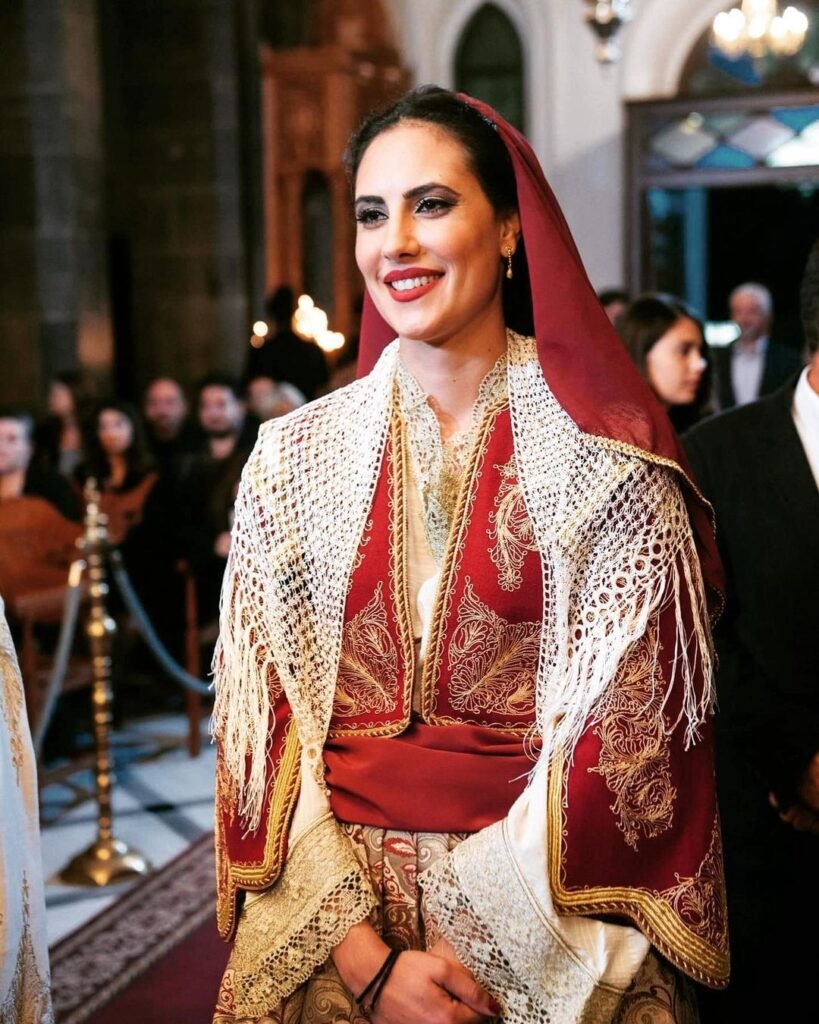
As the bride and groom make their way to the church, serenaded by local musicians, you can feel the weight of history in every step. Inside, the priest performs the betrothal service, blessing and exchanging rings in a ritual that has remained largely unchanged for centuries. The crowning with the Stefana – those iconic wedding crowns – isn’t just for show. It’s a powerful symbol of unity, binding the couple not just to each other, but to their heritage.
But it’s at the reception where things really kick into high gear.
Remember that Syrtos dance you’ve been trying to master for years? Well, now’s your chance to link arms with the locals and give it another whirl. Don’t worry about your footwork – after a glass or two of the local wine, you’ll be dancing like a native (or at least think you are).

And oh, the food! Prepare your taste buds for a feast fit for Cretan royalty. The star of the show? Gamopilafo, a creamy rice dish that’s so delicious, you’ll be tempted to crash every wedding you hear about just to get another bite. Do keep an eye out for the “koulouri”, a large wedding bread symbolizing prosperity and fertility.

As the night wears on and the raki flows freely, don’t be surprised to find yourself swept up in the joyous rituals. You might even end up pinning money on the newlyweds’ clothes for good luck. It’s all part of the experience, and by the end of the night, you’ll feel less like a tourist and more like an honorary Cretan.
These weddings aren’t just celebrations – they’re a window into the very heart of Cretan culture. They’re a reminder of why we fell in love with this island in the first place: the warmth of its people, the depth of its traditions, and the joy of life that seems to permeate every moment.
2. Village Festivals and Fairs: A Feast for the Senses

If you’ve ever wondered what it feels like to step back in time while simultaneously being at the heart of a vibrant celebration, look no further than a Cretan village festival. These events are where the island truly comes alive, offering us a chance to immerse ourselves in centuries-old traditions that continue to pulse with energy.
Throughout the year, Cretan choria burst into life with a kaleidoscope of festivals and fairs. Each one is a unique thread in the rich tapestry of island culture, and trust me, you won’t want to miss a single one. From religious celebrations that light up the summer nights to harvest fairs that bring in the bounty of autumn, there’s always something to captivate your senses.
Remember that balmy June evening when you first heard about the Feast of Saint John? Well, next time you’re here on the 24th, prepare yourself for a night of leaping bonfires and twirling dancers. It’s a spectacle that would make even the ancient Minoans proud!
For those of us who’ve developed a palate for Cretan wine over the years (and let’s be honest, who hasn’t?), the summer wine festivals are a must-visit. Here’s your chance to sample local varieties and perhaps discover a new favorite to accompany those long, lazy lunches back home.

Speaking of food (because in Crete, aren’t we always?), July brings the annual Cretan Diet Festival. It’s a celebration of the island’s renowned culinary traditions and healthy lifestyle that might just inspire you to recreate a bit of Crete in your own kitchen. From olive oil tastings to cheese-making demonstrations, it’s a feast for both the palate and the eyes.

As summer fades into autumn, the harvest fairs begin. This is where you’ll see the fruits of Cretan labour in all their glory. Watch skilled hands demonstrate age-old techniques of olive oil pressing and cheese making. Who knows? You might even pick up a trick or two to impress your friends at your next dinner party.

But what truly sets these festivals apart is the music. The haunting melodies of the lyra and the rhythmic strumming of the laouto fill the air, beckoning you to join in. And join in you should! Whether it’s the circular syrtos or the lively pentozali, don’t be shy – link arms with your neighbor and let the music move you. After all, these dances have been bringing people together for centuries.
3. Ancient Dance Rituals: Moving to the Rhythm of History

If you’ve ever found yourself tapping your foot to the infectious rhythms of Cretan music, you’re in for a treat. The ancient dance rituals of Crete are more than just a spectacle – they’re a living, breathing connection to the island’s rich past.
Remember that night in the village square when you first saw the Pentozalis? The quick footwork, the leaps, the sheer energy of it all? That wasn’t just a dance; that was a war dance, dating back to ancient times, showcasing the fierce spirit that has defined Cretans for millennia.
Then there’s the Syrtos, that graceful circle dance that seems to weave its way through every celebration. There’s something magical about moving in harmony with a group, feeling the connection not just to your fellow dancers, but to generations past who danced these same steps.
And let’s not forget the Sousta. If you’ve ever witnessed this lively courtship dance, you’ll know it’s flirtation set to music. The playful twirls and coy glances between partners are enough to bring a smile to anyone’s face. It’s a reminder that some things – like the dance of romance – never really change.
4. Olive Harvest Traditions: Liquid Gold and Community Spirit

Ah, the olive harvest. If you’ve been coming to Crete for years, you’ve likely seen the island’s landscape dotted with ancient olive trees, their gnarled trunks telling silent stories of centuries past. But have you ever experienced the magic of the harvest itself?
From November through February, Crete comes alive with the “liomazema” – the olive harvest. It’s more than just agriculture; it’s a ritual that brings together families and neighbors in a tradition as old as the trees themselves.
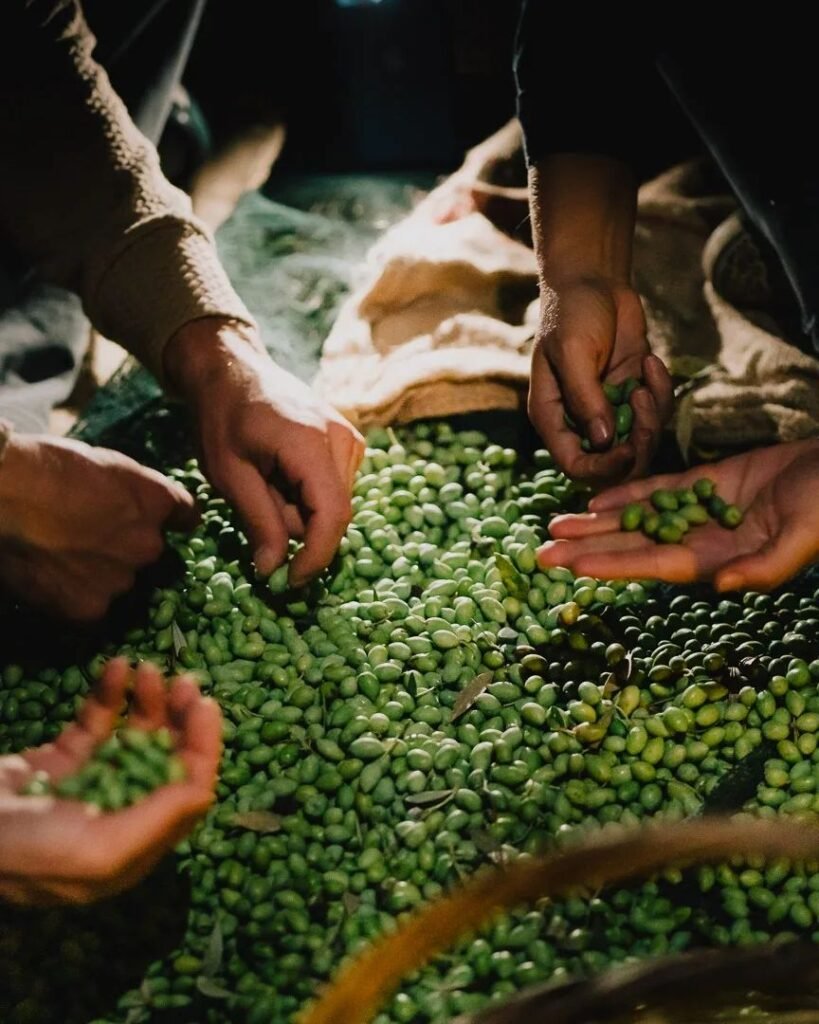
Picture yourself under the dappled shade of an olive grove, the air filled with the earthy scent of ripe olives. Around you, generations work side by side, their laughter and chatter mixing with the rustle of leaves. Some still use the traditional method of hand-picking or pole-beating, while others have embraced modern techniques. But the spirit remains the same – a community coming together to reap the bounty of their land.

The star of the show, of course, is the oil itself. Crete’s liquid gold, as it’s often called, accounts for about 5% of the world’s olive oil production. And let me tell you, once you’ve tasted that first pressing of the season – the “agourelaio” – you’ll understand why Cretans treat their olive oil with such reverence.
But the real magic happens after the work is done. Families gather around a table laden with traditional dishes, all glistening with the freshest olive oil you’ve ever tasted. From the crisp “paximadia” to the tangy “dakos,” each bite is a celebration of the harvest and a testament to the richness of Cretan cuisine.

5. Local Superstitions and Beliefs: A Touch of Magic in Everyday Life

If you think you know all there is to know about Crete, prepare to be surprised. The island’s villages are veritable treasure troves of superstitions and beliefs that add a touch of magic to everyday life.
Ever noticed those blue glass eyes hanging in homes and businesses? That’s the “mati,” or evil eye, a central concept in Cretan folklore. These aren’t just charming decorations – they’re talismans, believed to ward off misfortune and jealousy. Next time you’re browsing the local markets, why not pick one up? It makes for a great souvenir and who knows, it might just bring you a bit of Cretan luck!

And speaking of luck, here’s a little tidbit that might surprise you: in Crete, it’s Tuesday the 13th that’s considered unlucky, not Friday the 13th.
Have you ever caught yourself knocking on wood after tempting fate? Well, in Crete, you’d be right at home. Locals often knock three times to avert misfortune. And if you see someone spitting three times, don’t be alarmed – it’s just another way to ward off evil spirits.
These beliefs might seem quaint to our modern sensibilities, but they’re an integral part of Cretan culture. They’re reminders of the island’s complex history, blending ancient Greek and Byzantine traditions into something uniquely Cretan.
6. Cretan Hospitality Customs: Where Strangers Become Family
If there’s one thing that keeps drawing us back to Crete year after year, it’s the incredible warmth of its people. The legendary Cretan hospitality isn’t just a tourist slogan – it’s a way of life deeply rooted in ancient traditions.

Whether you’re chatting with a shopkeeper, asking for directions from a local, or dining in a family-run taverna, you’ll likely encounter the essence of two ancient Greek concepts: “ξενοφιλία” (xenophilia), meaning “love of strangers,” and “φιλοξενία” (filoxenia), or “friend to strangers.” These deeply ingrained principles transform even the briefest interactions into memorable encounters, making every visit to Crete feel like a homecoming. It’s this genuine warmth and openness that often surprises first-time visitors and keeps us coming back year after year.

The Cretans have a unique way of treating visitors not as outsiders, but as honored guests. It’s a warmth that radiates from every smile, every helpful gesture, and every enthusiastic recommendation for a hidden beach or a must-try dish. This genuine openness turns casual encounters into potential friendships and makes Crete feel less like a holiday destination and more like a second home.

In tavernas, keep an eye out for those complimentary desserts or fruits that appear after your meal. It’s not a mistake – it’s just another facet of Cretan hospitality. And don’t be shy about striking up conversations with locals. They’re genuinely interested in your story and eager to share theirs.

This custom of offering food, drink, and enthusiastic advice on how to make the most of their island isn’t just about being nice to tourists. It’s a living embodiment of age-old traditions that have shaped Cretan society for millennia. It’s a reminder that in Crete, you’re never just a visitor – you’re a potential friend, a part of the extended Cretan family.
7. Traditional Cheese-Making Practices: A Taste of Cretan Heritage
If you’ve been visiting Crete for years, you’ve undoubtedly savored your fair share of local cheeses. But have you ever witnessed the magic behind their creation? Cretan cheese-making isn’t just a culinary practice; it’s a cultural cornerstone that has shaped island life for millennia.

Did you know that Crete boasts an impressive 11 PDO (Protected Designation of Origin) cheeses? That’s more than any other Greek region! It’s a testament to the island’s rich dairy heritage, dating back to the Minoan civilization around 3000 BCE. Talk about a time-honored tradition!
Next time you’re in a Cretan village, keep an eye out for the early morning ritual of shepherds milking their flocks. These aren’t just any sheep and goats – they’re indigenous breeds known for producing milk that’s incredibly rich and flavorful. It’s the secret behind those cheeses we can’t get enough of.

Take graviera, for instance – Crete’s crown jewel of cheeses. This hard cheese, made primarily from sheep’s milk with a touch of goat’s milk, requires at least five months of aging to develop its complex, slightly sweet flavor. It’s a labor of love that reflects the patience and skill of Cretan cheese makers.

And let’s not forget about mizithra, that fresh, soft cheese that embodies the zero-waste philosophy of Cretan cuisine. Made from the whey left over from other cheese production, it comes in two varieties: fresh and aged. Have you ever tried the fresh mizithra, still warm, drizzled with local honey? If not, add it to your must-try list for your next visit!

From anthotyros to xynomyzithra, each Cretan cheese tells a story of tradition, craftsmanship, and the intimate connection between the land and its people. So next time you’re enjoying a cheese platter in a local taverna, take a moment to appreciate the centuries of history and skill in every bite. It’s not just cheese – it’s a taste of Cretan heritage.
8. Religious Celebrations in Villages: Faith, Tradition, and Community
If you’ve ever found yourself in a Cretan village during a religious celebration, you know it’s an experience like no other. These events are far more than just religious observances – they’re a vibrant fusion of faith, tradition, and community spirit that offers a unique window into the soul of Cretan culture.
Easter stands out as the most significant celebration, transforming village squares into hubs of spiritual and cultural activity. If you haven’t experienced a Cretan Easter yet, make it a priority for your next spring visit.

Picture this: it’s midnight on Holy Saturday, and suddenly, the darkness erupts into light as candles are lit from the priest’s Holy Flame. The air fills with cries of “Christos Anesti” (Christ is Risen), echoed by “Alithos Anesti” (Truly, He is Risen). It’s a moment of collective joy that’s truly unforgettable.
And let’s not forget the egg-cracking tradition! Have you tried your hand at it yet? It’s a playful custom symbolizing new life, and trust me, it’s more competitive than you might think. Just be prepared for some good-natured ribbing if your egg cracks first!
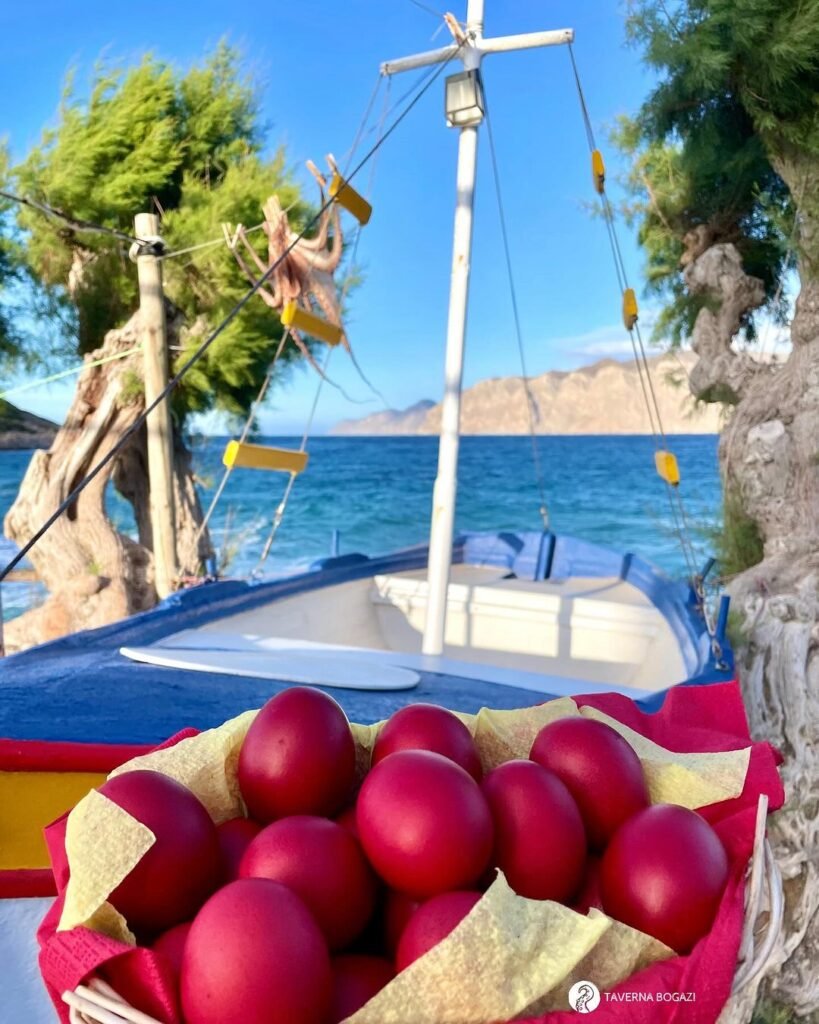
Come Easter Sunday, the aroma of spit-roasted lamb wafts through village streets, a tradition dating back to ancient times. If you’re lucky enough to be invited to one of these feasts (and don’t be surprised if you are – remember that famous Cretan hospitality!), you’re in for a treat. Succulent lamb, sweet Easter bread (tsoureki), and cheese pies (kalitsounia) – it’s a feast fit for kings, shared with the warmth and generosity that makes Crete so special.

Throughout the year, you’ll encounter numerous saint’s day festivals, or panigiria. Each one is a unique blend of religious devotion and community celebration. Have you ever witnessed the blessing of the animals on Saint Modestos Day (December 16th)? It’s a sight to behold, with shepherds and farmers bringing their livestock to church courtyards to be blessed by the priest. It’s a vivid reminder of the deep connection between faith and agricultural life in Cretan villages.
Other notable celebrations include the feast of Saint John on June 24th, where you might see villagers jumping over bonfires to ward off evil spirits. And don’t miss the August 15th celebration of the Assumption of the Virgin Mary. It’s a major event featuring processions, local delicacies, and dancing that continues late into the night.

These religious celebrations are more than just spectacles for tourists. They’re living traditions that bind communities together and offer us, as visitors, a chance to experience the deep spirituality and joyous communal spirit that are at the heart of Cretan village life. So next time you’re planning your trip, why not check the religious calendar? You might just time your visit to coincide with one of these unforgettable celebrations.
9. Cretan Music and Instruments: The Soundtrack of Island Life
If Crete has a heartbeat, surely it’s found in the rhythms of its traditional music. From the moment you step foot on the island, these melodies seem to follow you, weaving their way through every celebration, every quiet moment, every memory you make.
At the center of it all is the lyra, that three-stringed fiddle that’s as much a part of Crete as the olive trees and the sea. Have you ever watched a skilled lyra player in action? Their fingers dance across the strings, coaxing out haunting melodies that speak of love, loss, and the enduring spirit of the Cretan people. It’s said that the lyra has Byzantine origins, a living link to Crete’s complex history.

Accompanying the lyra, you’ll often hear the laouto, a long-necked lute that provides the rhythmic backbone of Cretan music. Its eight strings, played with a plectrum, create a distinctive sound that underpins the entire ensemble. Close your eyes, and you can almost feel the centuries of tradition in every strum.
And let’s not forget the humble yet beautiful Cretan shepherd’s flute, or thiaboli. Carved from cedar or ebony, this end-blown flute has been a staple of Cretan music for centuries. Next time you’re hiking in the mountains, keep an ear out – you might just hear a shepherd playing, the melodies floating on the breeze just as they have for generations.

But Cretan music isn’t just about the instruments – it’s about the dances they inspire. Have you tried your hand (or should I say feet?) at the syrtos, sousta, or pentozalis yet? These traditional dances, performed in circles or lines, are more than just entertainment. They’re a physical expression of the strong communal bonds that define Cretan society.
In recent decades, Cretan music has experienced a fascinating revival. Contemporary artists are blending traditional sounds with modern influences, ensuring that this vital aspect of Cretan cultural heritage continues to evolve and thrive. It’s a testament to the enduring power of this music – rooted in the past, yet always looking to the future.
10. Ancestral Naming Conventions: Keeping Family History Alive
Have you ever noticed how certain names seem to crop up again and again in Cretan families? It’s not just coincidence – it’s a fascinating naming tradition that helps keep family history alive through the generations.
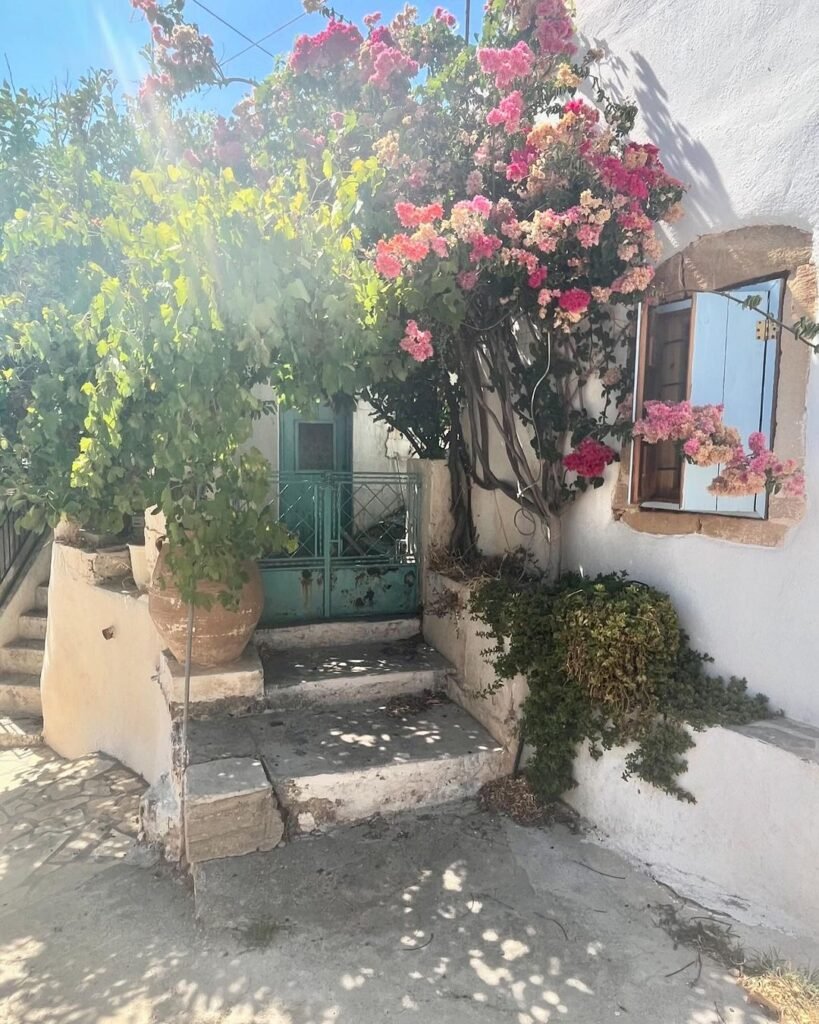
In many Cretan villages, you’ll find that firstborn children are often named after their grandparents, following a specific pattern. The first son typically receives the name of his paternal grandfather, while the second son is named after the maternal grandfather. For girls, it’s a similar story – the first daughter often bears the name of her paternal grandmother, and the second takes the name of her maternal grandmother.
This practice does more than just honor family elders – it creates a living link between past and present. Imagine the pride of a grandmother hearing her name called out in the village square, knowing it belongs to her young granddaughter. It’s a beautiful way of ensuring that family names – and the stories they carry – are passed down through the years.

But wait, there’s more! The naming tradition extends beyond grandparents, with middle names often derived from godparents or other respected relatives. It’s like a family tree come to life, each name a branch connecting one generation to the next.
Now, you might be thinking – doesn’t this lead to a lot of people with the same name? You’d be right! In small villages where certain family names are prevalent, it’s not uncommon to find multiple individuals sharing both first and last names. This has led to the widespread use of nicknames or paronyms to distinguish between namesakes. These nicknames often reflect personal characteristics, occupations, or notable life events, adding another layer of storytelling to the community fabric.

Next time you’re chatting with locals in a Cretan village, why not ask about their names? You might uncover a fascinating family history, tracing lineages back through generations. It’s another example of how in Crete, the past is never far away – it lives on in the names of the people you meet every day.
11. Unique Culinary Traditions: A Feast for All Senses
If there’s one thing we can all agree on, it’s that Cretan cuisine is a journey for the senses. But beyond the famous dishes we’ve all come to love, there’s a world of unique culinary traditions waiting to be discovered in the villages of Crete.

Have you ever gone foraging for horta? These wild greens are a cornerstone of Cretan cuisine, with locals gathering over 150 edible varieties. From the prized stamnagathi (a spiny chicory) to more common dandelion greens, these plants are packed with flavor and health benefits. Boiled and dressed simply with olive oil and lemon, they embody the healthful simplicity of Cretan cooking. Next time you’re offered a plate of horta, remember – you’re tasting a tradition that goes back thousands of years!

Speaking of ancient traditions, let’s talk about olive oil. You’ve undoubtedly drizzled plenty of Crete’s “liquid gold” over your salads, but have you ever witnessed the olive harvest? From November to February, many villages maintain the tradition of communal olive presses. Families bring their harvest to be turned into oil, a practice that dates back to Minoan times. The air fills with the pungent aroma of freshly pressed olives, and the first taste of the season’s new oil is a moment of celebration.

Then there’s the bread. Have you tried paximadia yet? These twice-baked bread rusks, made from barley or whole wheat, have been a staple of Cretan diet since ancient times. Originally created to last on long sea voyages, they’re now enjoyed as a base for dakos or as a crunchy accompaniment to meals. Pop into a village bakery early in the morning, and you might catch the intoxicating scent of fresh paximadia coming out of the oven.

And we can’t forget about Cretan raki (or tsikoudia) production! This potent spirit is more than just a drink – its creation is a social event that brings entire villages together. In autumn, after the grape harvest, the air fills with the sweet-sour scent of fermenting grape pomace. The distillation process is a time of celebration, with neighbors gathering to share meze, music, and of course, plenty of freshly distilled raki.

Lastly, keep an eye out for antikristo, a method of cooking lamb or goat that’s as much a spectacle as it is a meal. The meat is skewered on stakes around a fire, slowly roasting to perfection. Legend has it this method developed during times of occupation, allowing Cretans to quickly douse the fire if enemy forces approached. Today, it’s a delicious reminder of Crete’s resilient spirit.

These culinary traditions are more than just ways of preparing food – they’re rituals that bind communities together, connecting present-day Cretans with their ancestors.
Conclusion
As we’ve journeyed through these 11 fascinating customs, it’s clear that the villages of Crete are more than just picturesque spots on a map. They’re living, breathing repositories of culture, where ancient traditions blend seamlessly with daily life. From the joyous celebrations of a Cretan wedding to the simple pleasure of sharing a glass of raki with new friends, these customs offer us a window into the very soul of the island.
So, fellow Crete enthusiasts, next time you find yourself on this magical island, venture beyond the beaches and tourist spots. Lose yourself in the winding streets of a mountain village, join in a local celebration, savor a meal cooked with centuries-old techniques. For it’s in these moments, these encounters with living tradition, that we truly connect with the heart of Crete. Yamas!
Further Reading:
Top 12 Annual Festivals in Crete You Can’t Miss
Crete as a Second Home: What Makes This Greek Island Irresistible

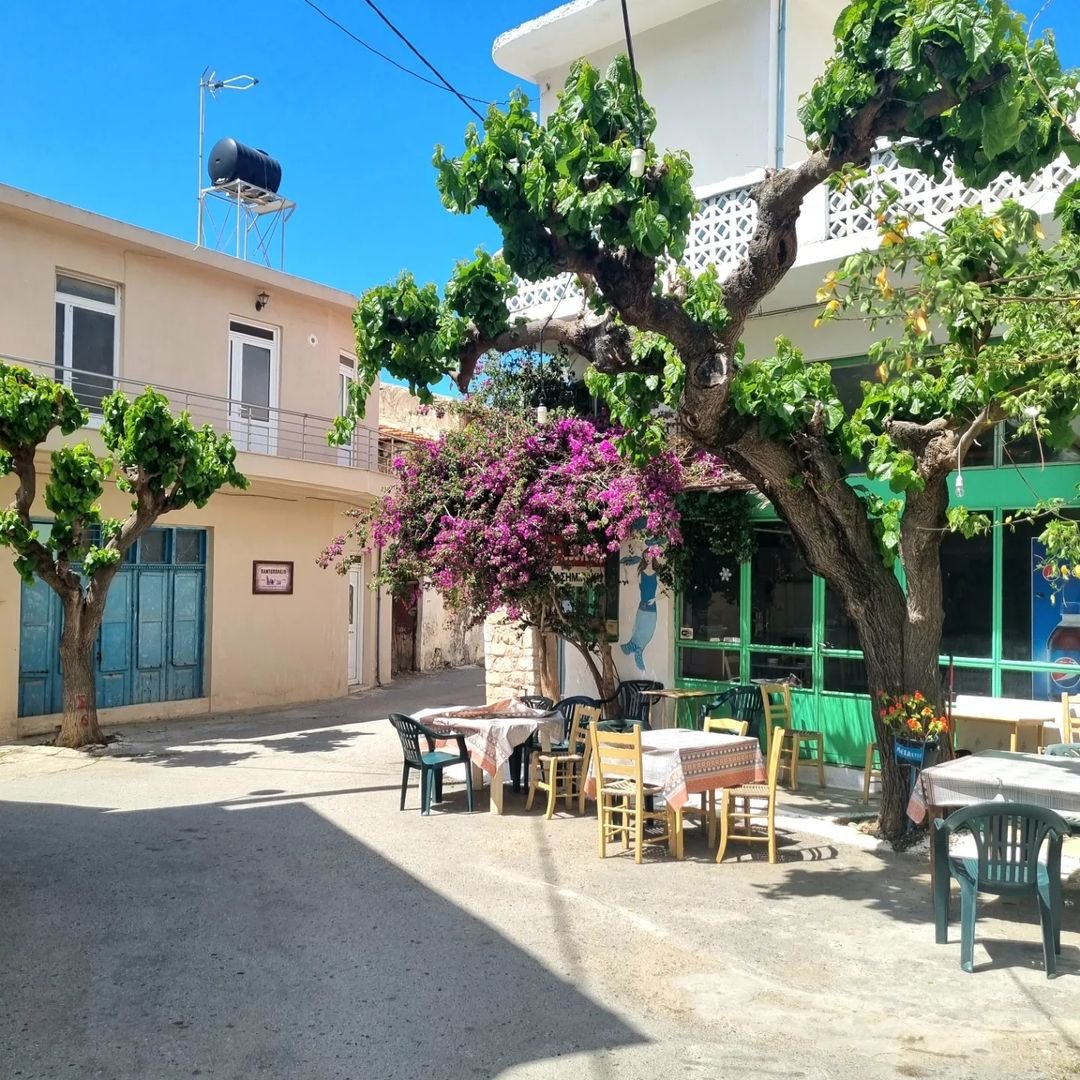
Re weddings: Like in many other countries, it was an old tradition that wedding gowns were passed on from generation ro generation, or between other family members and friends. A bit over 20 years ago, Greek TV picked up on this and launched a sort of reality show where wedding planners would select a used wedding dress for the current bride, adjust the size if necessary, and the bride was not involved in any of this. It was all a surprise for her, and the donors where invited to the wedding. The surprise and the initial reaction was sometimes “different”, or “interestiing”, but they are were always diplomatic and grateful. Sorry for the pun, but in some cases the (fortunately untranslatable) phrase “pig in a poke” came to mind. The show lasted for about 2 seasons…